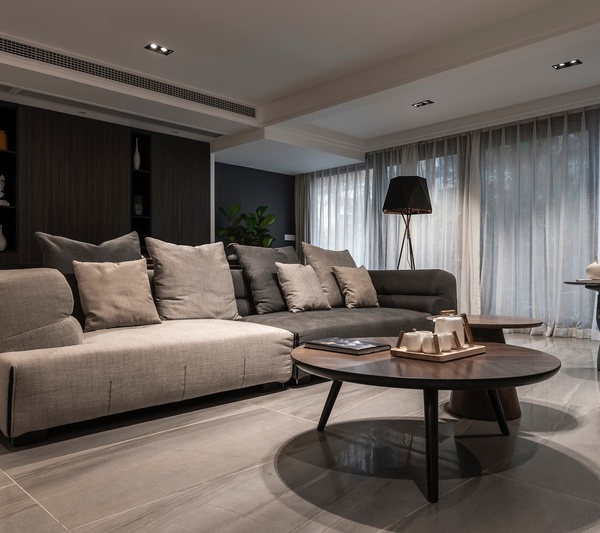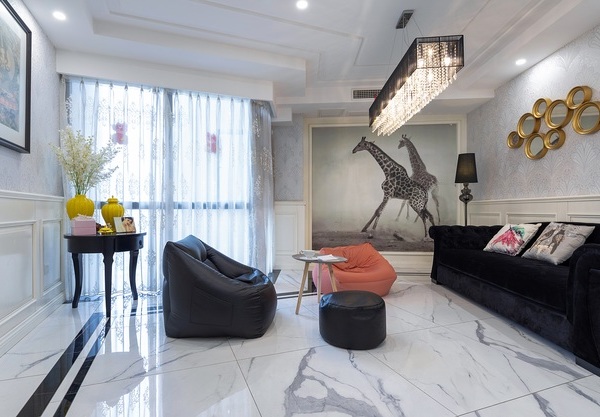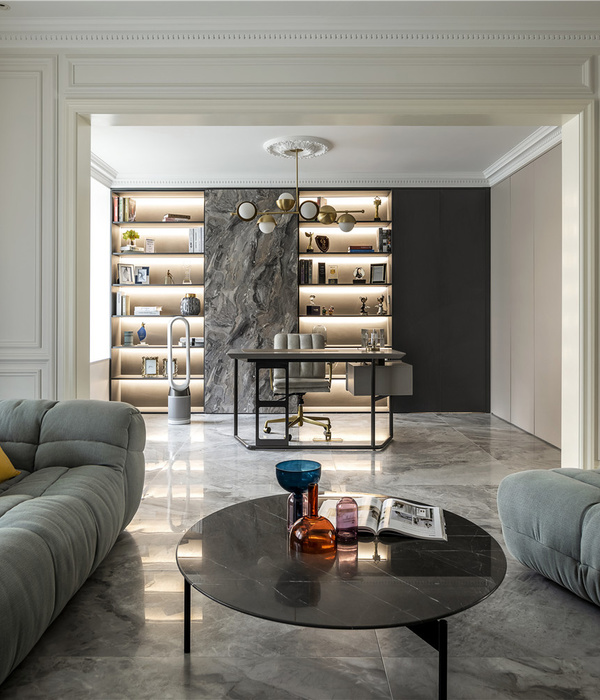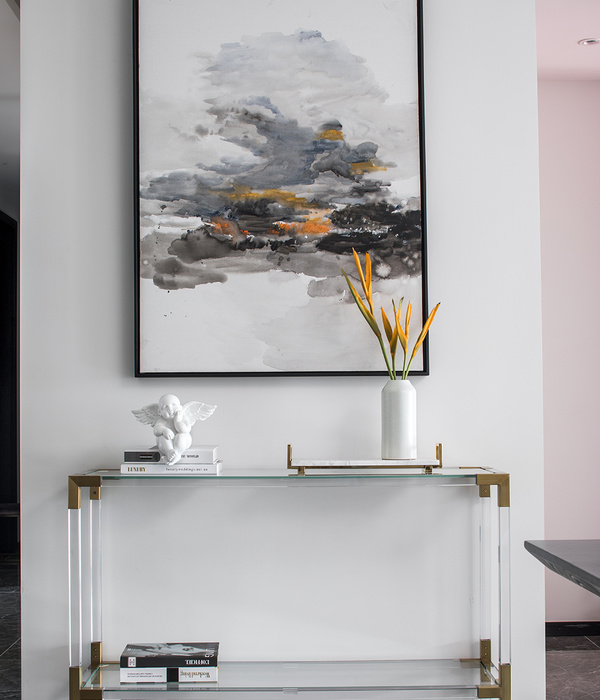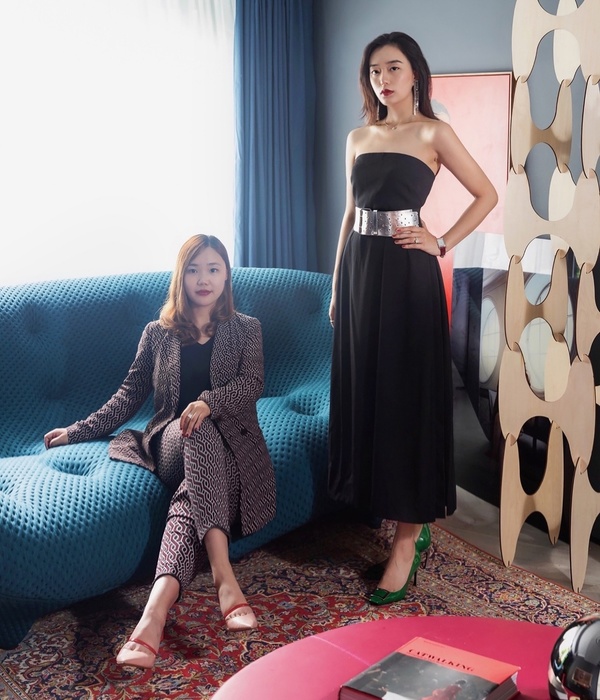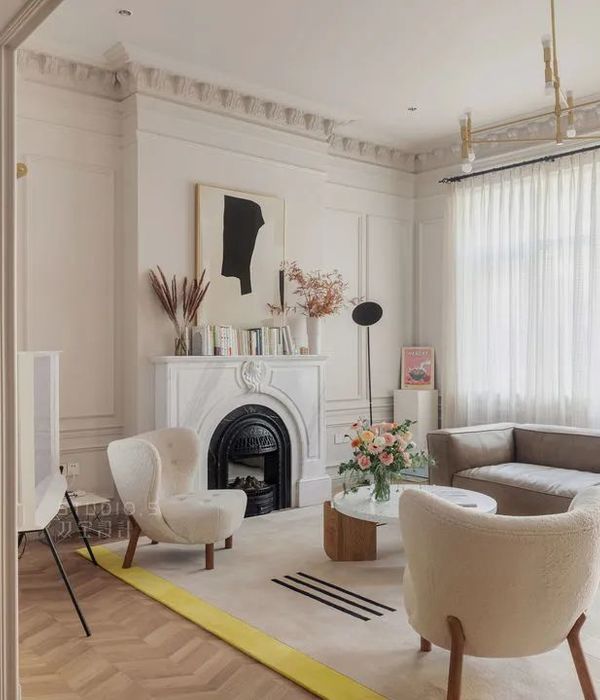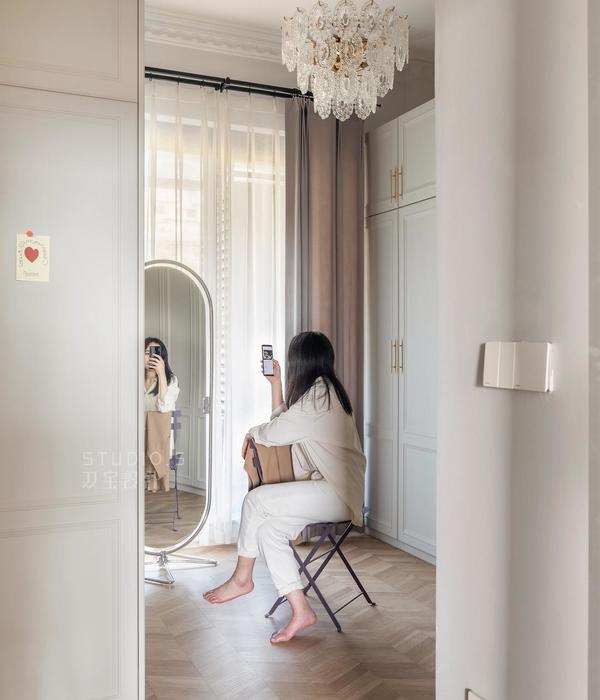Architects:KPF
Area :138 m²
Year :2019
Photographs :Mario Wibowo Photography
Architect of Record :Wiratman Associates
Architect In Charge : Design Principal: Robert Whitlock, FAIA / Design Principal: Jeffrey Kenoff, AIA NCARB / Managing Principal: Peter Gross, AIA LEED AP BD+C / Project Manager: Daniel Dadoyan, AIA LEED AP BD+C
Design Team : KPF
Client : PT Farpoint Realty
Design Principal : Robert Whitlock, FAIA , Jeffrey Kenoff, AIA NCARB
Managing Principal : Peter Gross, AIA LEED AP BD+C
Project Manager : Daniel Dadoyan, AIA LEED AP BD+C
Project Team : Adrian Au, Nathan Degraaf, Bob Graustein, Emily McNally, Julian Merchant, Cristian Piwonka Spichiger, Zehra Ahmed, Benjamin Albury, Molly Chen, Jesus Chuquipoma Quiliche, Emily Clark, Jacopo Colarossi, Ryan Consbruck, Dominique Devlin, Luk Duran Pinto, Tao Jia, Roland Kang, James Kehl, Anthony Kim, Dan Mannino, Jessica Martin, Levy Nguyen, Fausto Nunes, Oscar Obando,
Sustainability : BECA
Facade Engineer : Paul Adams Facades
Lighting Design : Tillotson Design Associates
Traffic Consultant : Walker Parking
Acoustics : CCW
Security : Kroll
Structural Engineer : Thornton Tomasetti
City : Jakarta
Country : Indonesia
With its thoughtful urban design, skyline-defining form, and focus on sustainability, the Sequis Tower is a new paradigm for Indonesia’s burgeoning capital. “The design for Sequis Tower starts with a simple rectilinear form, which we turned into a series of bundles, and adjusted their heights to create landscaped terraces,” said Robert Whitlock, FAIA, KPF Design Principal. “We used the Banyan tree as a metaphor for the tower, rising organically as a series of finely scaled elements.”
The tower consists of four bundled and deflected “super-tubes,” nested and offset from one another. This formation not only creates visual interest; it also generates a range of floorplates resulting in unique office types and provides greater structural stability in an active seismic zone. At the top of the tower, the tubes vary in height to form multiple grand sky-gardens overlooking the city, while at the podium, they extend outward to support larger office floors and increase pedestrian porosity through the site.
Careful analysis of the context and site constraints as well as the goal to optimize efficiency and performance drove the larger design strategy of the building. In contrast to the standard planning model in Jakarta, for which traffic and parking govern pedestrian connectivity, the tower design addresses the importance of the ground-level pedestrian experience. By pulling on-site traffic circulation below grade and elevating parking, the design frees up the ground plane for green area and pedestrian movement.
Cantilevered over the pedestrian path at grade, a hovering podium creates a more engaging experience at the tower’s base and forms an outdoor public room shielded from the intense equatorial sun and seasonal rain. The roof of the podium also connects to inner public spaces to form an elevated park that expands the public, urban realm. “The building envisions a new urban strategy for the district,” said Jeffrey Kenoff, AIA, KPF Design Principal. “At the ground, the project reunites the currently separated adjacent blocks into a sinuous strip of pedestrian connectivity. In its massing, the distortion of the four bundled tubes yields not only a structural significance but also increases programming opportunities throughout the tower, allowing for large floor plates with public amenities at the base and sky gardens toward the top. The tower wall has a fin density which uniquely increases as it rises, allowing for views while reducing the solar heat gain.”
Sequis Tower integrates a variety of sustainable design strategies to perform 36% better than the LEED baseline. High-efficiency building systems, coupled with a gradated array of fins on the tower’s facade, create an energy-efficient tower by minimizing consumption and addressing solar radiation, while locally-sourced and recycled materials used in construction reduce the amount of embedded energy in the tower.
“One of the tower’s greatest strengths is its environmental responsiveness, and we’re very pleased that the building is one of the first LEED Platinum-certified projects in Indonesia,” said Peter Gross, AIA, KPF Managing Principal. “This is reflective of KPF’s commitment to sustainable development throughout the world.”
▼项目更多图片
{{item.text_origin}}

